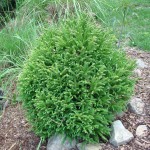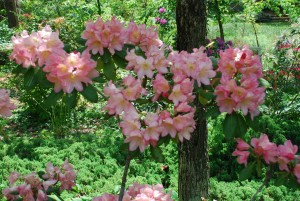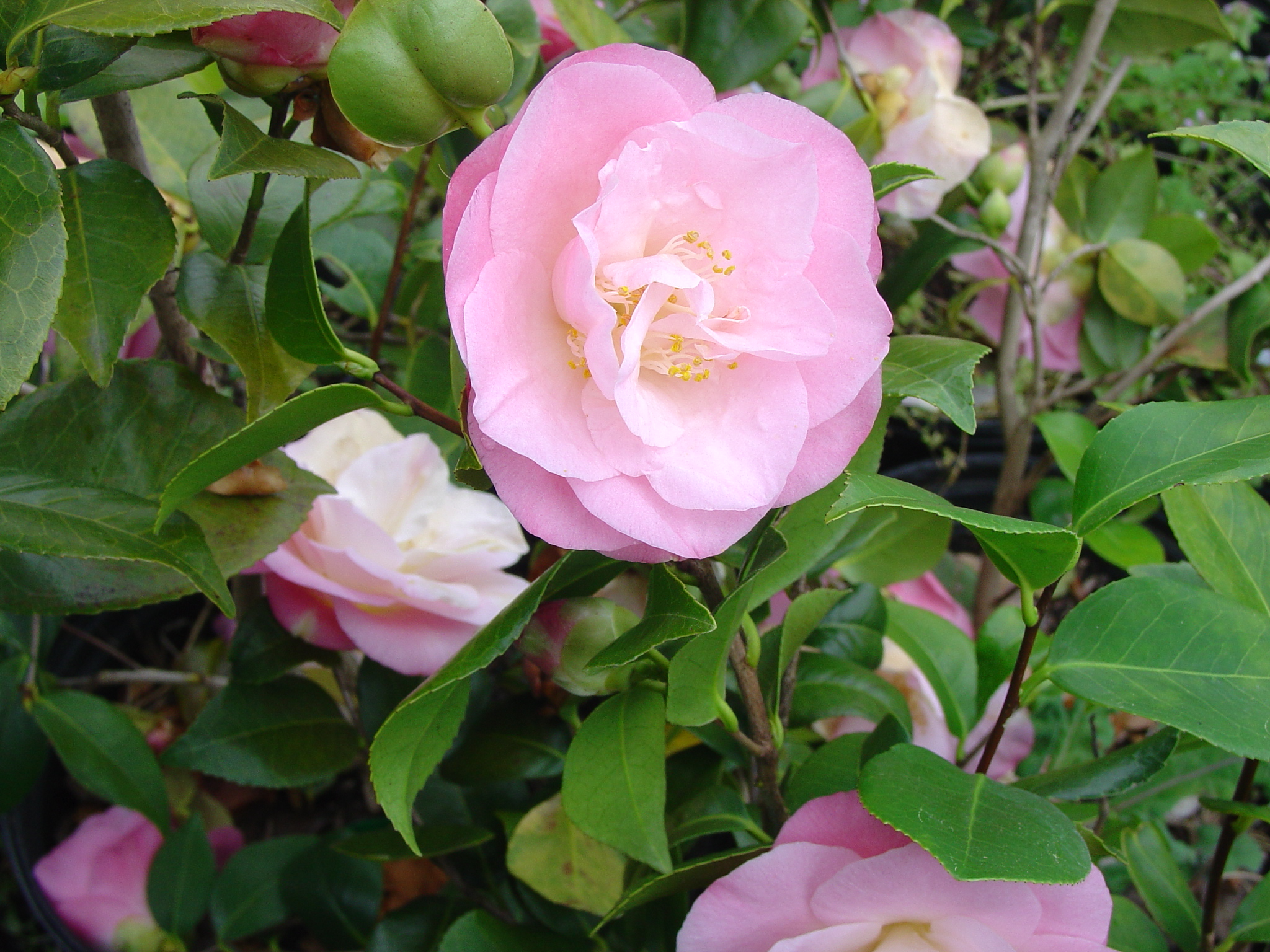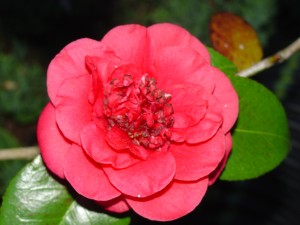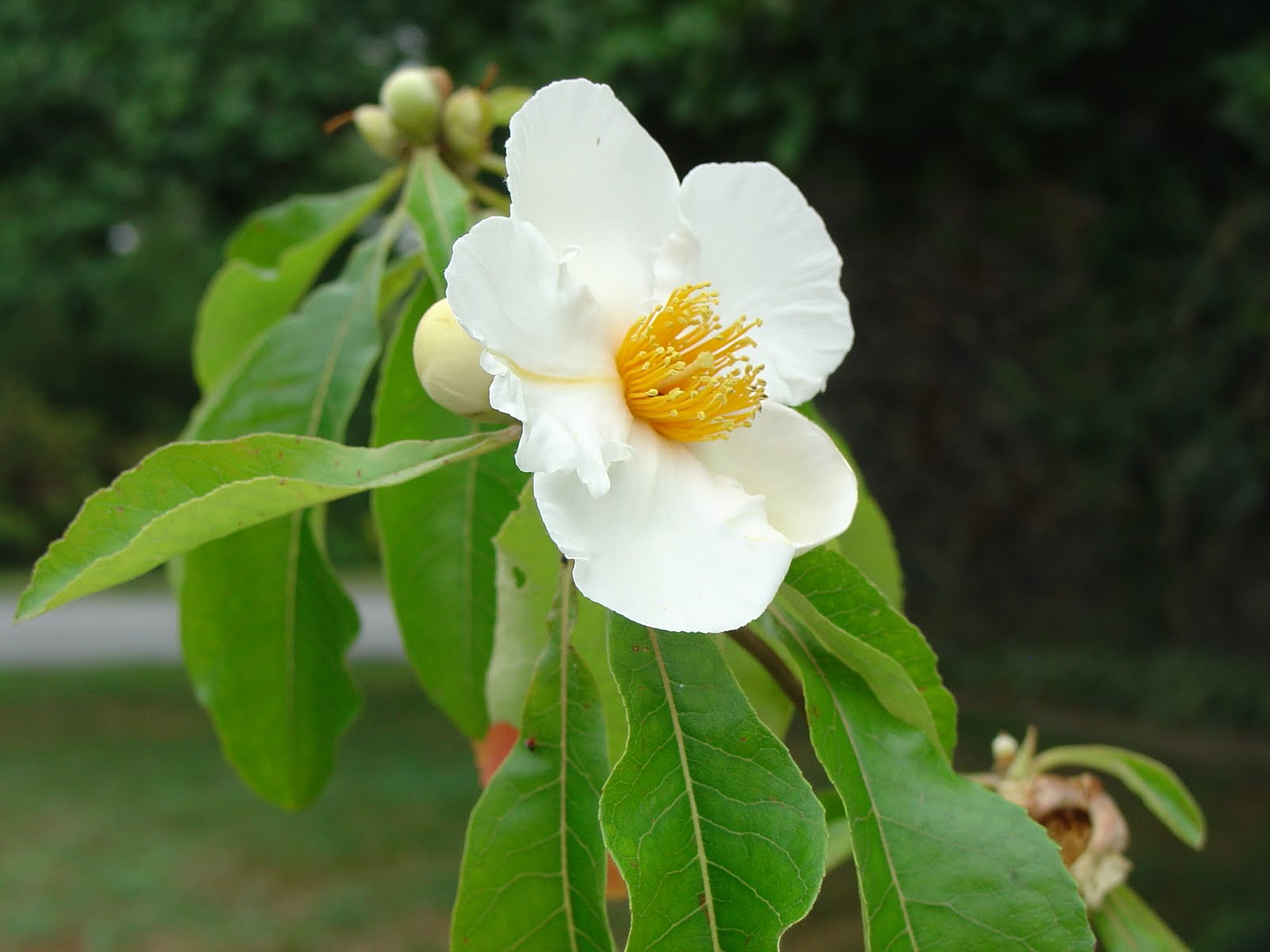
Franklinia (Franklinia alatamaha) is a wonderful small tree or large multi-trunked shrub with fragrant white camellia- like flowers. Franklinia is related to world-class flowering shrubs like camellia and stewartia. Its white 3 – 3 ½ inch camellia-like flowers appear from early August thru late September.
Franklinia is winter hardy in the Southern Appalachian region (USDA zones 6-7). Its fibrous root system prefers a well-drained, richly organic, and acidic soil much like azaleas and rhododendrons. Don’t subject to extended summer droughts or frigid drying winter winds.
Fall color is respectable with autumnal hues of red, orange and burgundy. The bark on a young tree is distinctively striped, and the main branches become fissured with age.
The species was discovered by plant explorer John Bartram and his son William growing along the Alatamaha River in southeastern Georgia in 1765. Natural populations are now extinct. All franklinia trees growing today are descendants of the Bartrams’ collected seeds.
Franklinia is a finicky grower, but very much worth the challenge. A deadly fungal root disease, Phytophthora cinnamoni, may have led to its demise in nature, is its Achilles’ heel. A 2-3 week long invasion of Japanese beetles in August may shorten individual bloom life by half.

